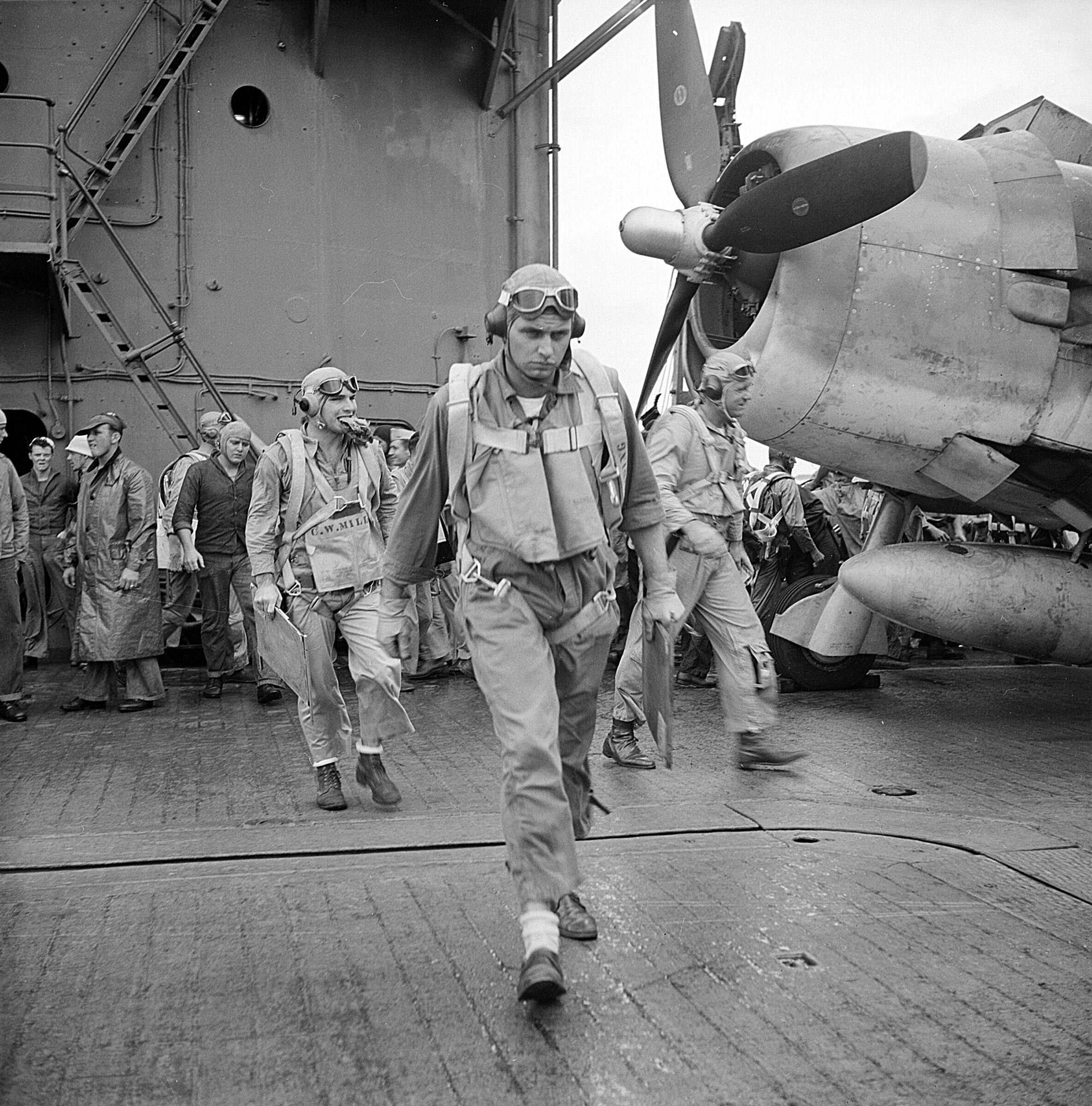U.S.S. Enterprise (CV-6) Air Group Fine Cloth Survival Bail Out List - Lt. Moore











U.S.S. Enterprise (CV-6) Air Group Fine Cloth Survival Bail Out List - Lt. Moore
Size: 8 x 8 inches
Letter of Authenticity included.
This extremely rare World War II fine thread cloth pilot’s bail out survival list was carried and used by Lt. Moore who served as an American pilot on the USS Enterprise (CV-6) Air Group. This rare eight bullet point survival list was carried by Lt. Moore as U.S. aircraft patrols and search and destroy missions were conducted by the USS Enterprise (CV-6) and its Air Group during the USS Enterprise and its air group support U.S. and Allied efforts against the Japanese. In order to preserve this survival list it was printed on a waterproof and weatherproof tan fine silk cloth. While there is no documentation of Lt. Moore being shot down in the Pacific Theater, this is the exact cloth list that would have been carried by every single one of the USS Enterprise (CV-6) Air Group pilots and crew. It was a good thing if you never needed to use this list.
This chart would have been read by pilots and crew upon abandoning and bailing out of their crashed and damaged aircraft in the Pacific Ocean. A list like this would have been absolutely crucial and would have been carried with the pilots on every in flight mission.
The list details how to secure gear onto a life raft, how to anchor materials savaged, survival days with or without water and food, survival island tips, sun precautions, etc.
Comprehensive WWII combat history of USS Enterprise (CV-6):
The Yorktown class aircraft carrier, USS Enterprise (CV-6) was commissioned at Newport News, Virginia, on May 12, 1938. Relocating to the Pacific, she was at sea during the Japanese Attack on Pearl Harbor on December 7, 1941. Three days after, she became the first U.S. Navy warship to sink a Japanese warship, submarine I-70, and later that month participated in the Wake Island expedition. In April, Enterprise covered the Dootlittle Raid on Japan and participated in the Battle of Midway that June, where her planes helped sink three Japanese aircraft carriers and a cruiser. During the Guadalcanal Campaign, she covered the landings and participated in the battles of Eastern Solomons and Santa Cruz Islands. Despite being damaged in both battles, she launched aircraft to assist the ships involved in the Naval Battle of Guadalcanal. In late 1943 and early 1944, Enterprise took part in the Gilberts and Marshall invasions and air attacks on the Japanese in the Central and Southern Pacific. In the summer of 1944, she participated in the Marianas operation and the Battle of the Philippine Sea, followed with the largest naval battle in history, the Battle of Leyte Gulf in October.In February 1945, Enterprise took part in the Iwo Jima invasion, then raids on the Japanese home islands and the Okinawa campaign in April. Due to damage received by two kamikaze attacks in April and May, she returned to the United States with the distinction of being the most decorated U.S. Navy warship during the war. Following Japan's surrender, she helped transport U.S. servicemen back to the United States. Decommissioned in February 1947, Enterprise was re-designated (CVA-6) in October 1952 and then to (CVS-6) in August 1953. Despite efforts to turn her into a museum ship, she was sold for scrapping in July 1958.